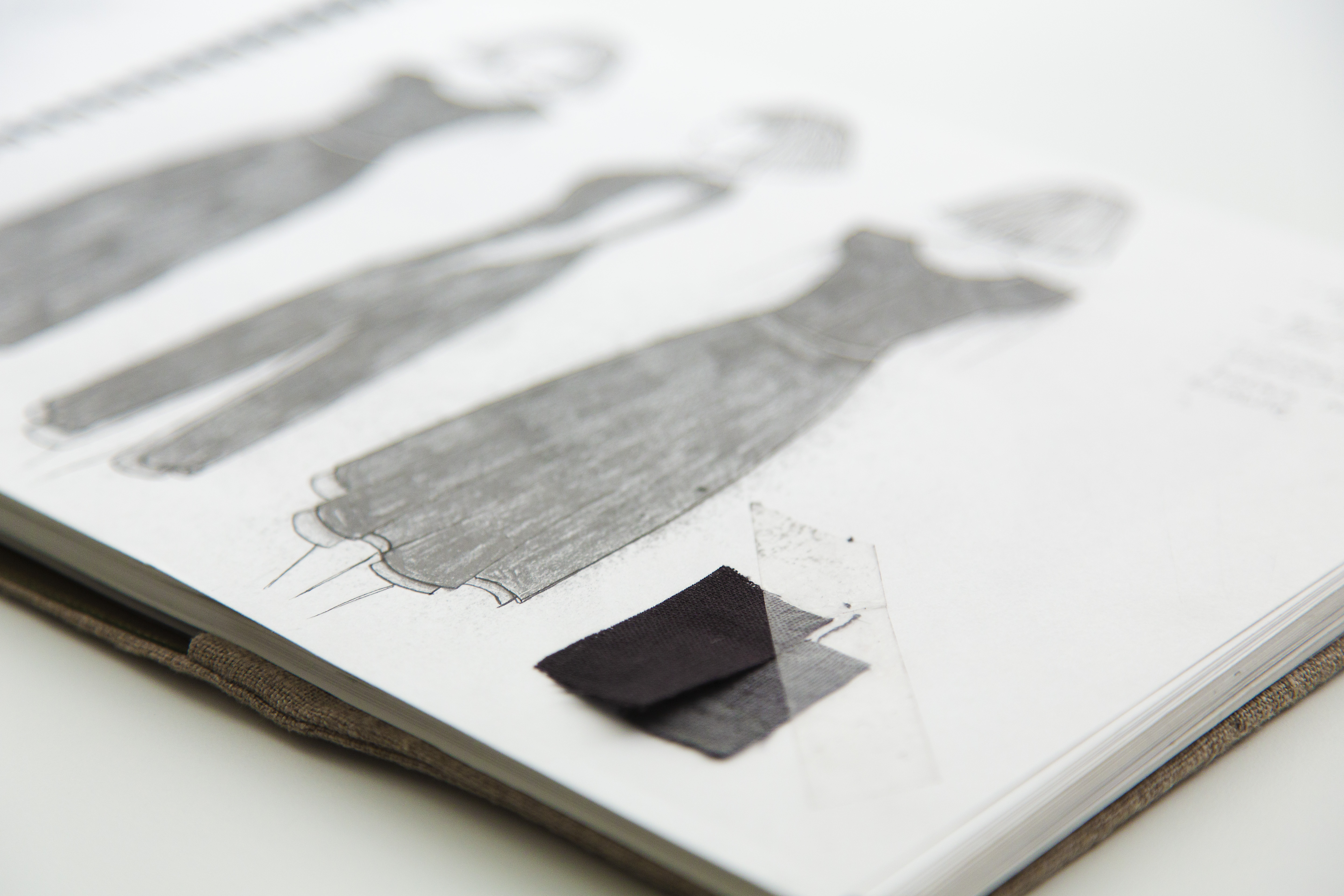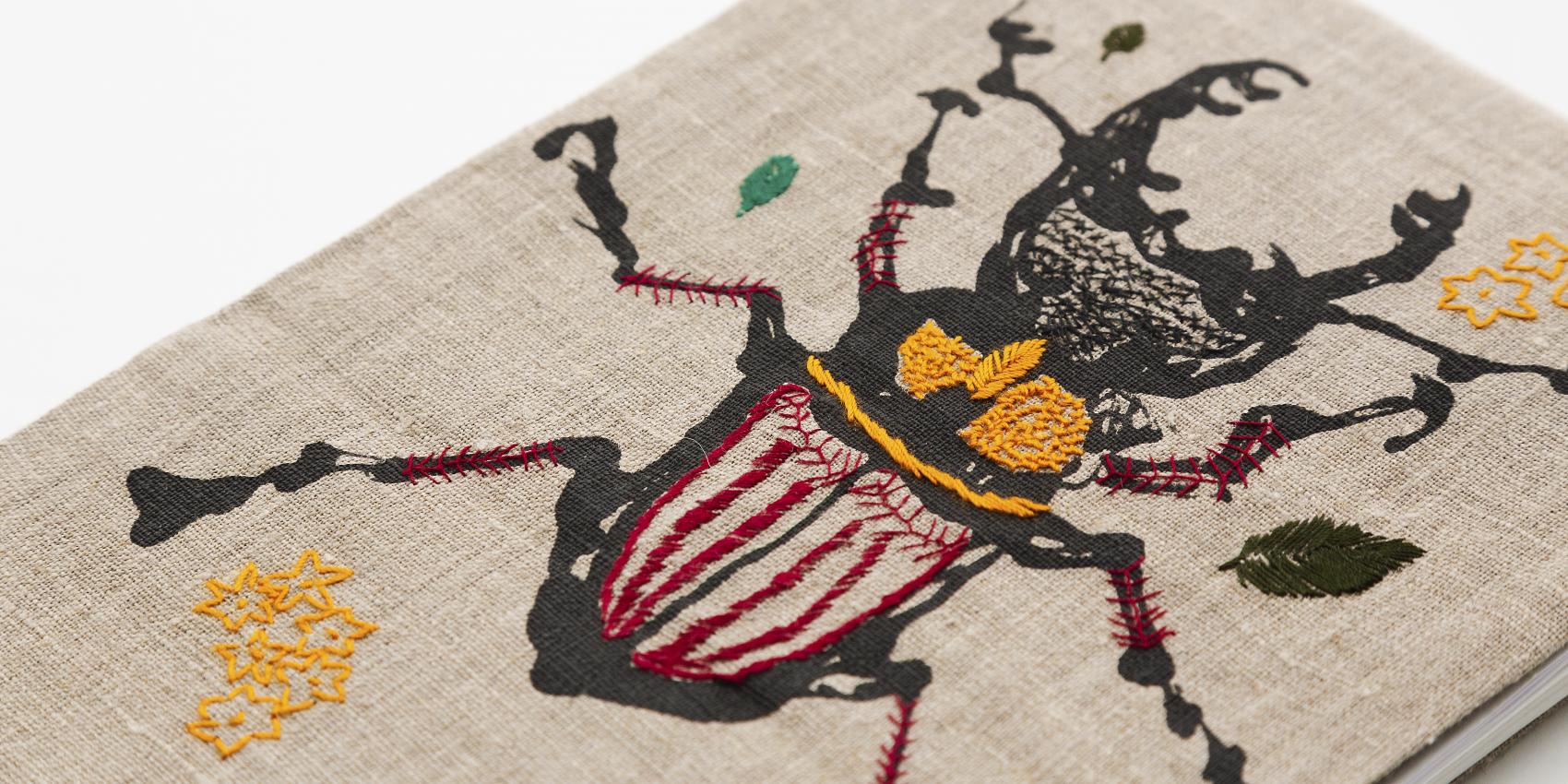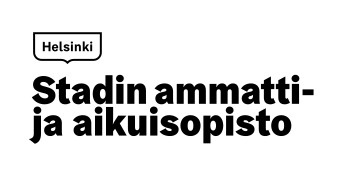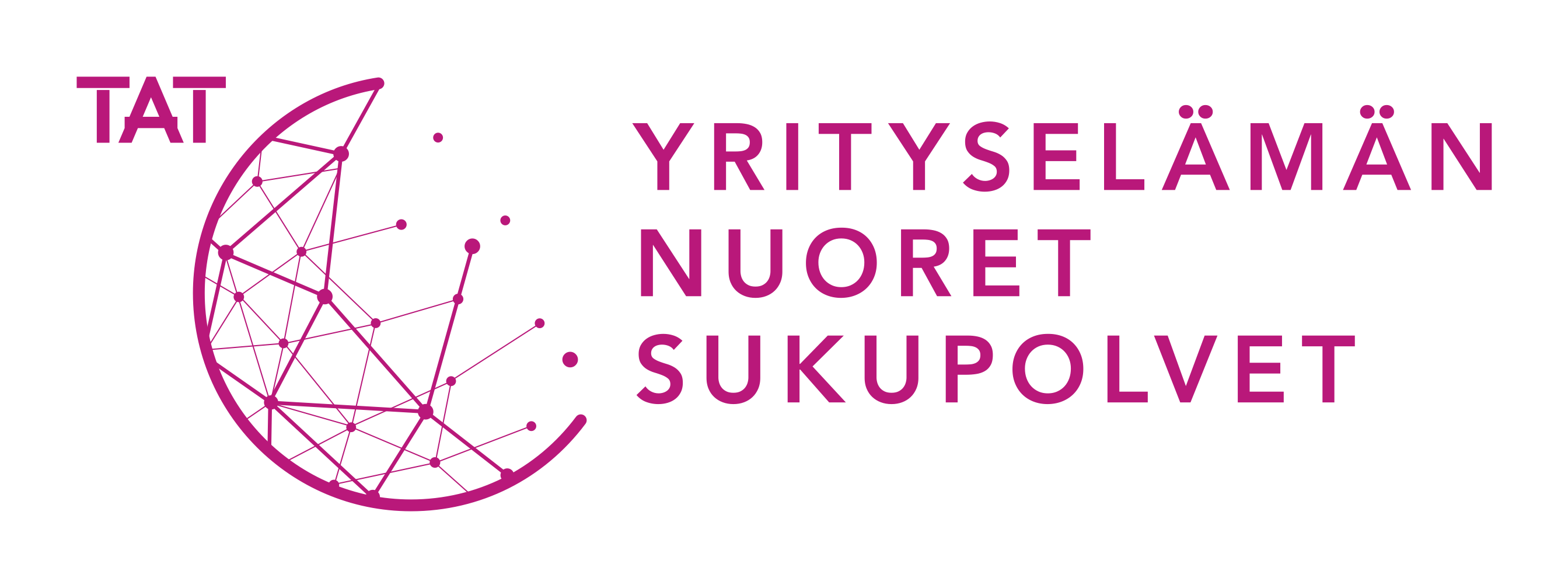Product design phases
The design of circular economy products also requires good knowledge of materials and familiarity with the channels for obtaining recycled materials. In order for the outcome to be the best possible, the materials used and their quantity should be known and preferably obtained in advance, in contrast to the traditional design process.
The research and brainstorming phase kicks off the process of designing a circular economy product. This phase is also referred to as the research phase. The phase helps the designer find versatile sources of inspiration that are utilised in designing unique and competitive products. It limits the product’s design language, the colour scheme and the choice of materials and helps in the planning of usability and functionality.
Circular economy products’ necessity, purpose of use and post-life use must be planned well before the products are made. The objective must be to only make the necessary amount of products.
The research and brainstorming phases
- Narrowing down and deciding on the research theme
- Seeking information and stories in line with the theme.
- Building a visual idea board digitally either by utilising existing templates or compiling the ideas in the chosen software. This can also be done by crafting and drawing, taking the time spent on the phase into account.
- Brainstorming for product ideas by drawing and sketching or using the ‘three adjectives’ task intended for brainstorming. In order to find a research theme, you can utilise a brainstorming technique in which the group first has a short, limited time to quickly list current phenomena, for example. The group then chooses one to three phenomena for more in-depth study.
Testing ideas and making decisions
The testing phase for product ideas and sample pieces is highlighted in circular economy thinking. The feedback gained from this testing should be taken into account in the design and process and the final product decisions.

Ways to test ideas
-
Pitching the ideas and gathering oral or written feedback with a digital tool.
PITCHING = a two or three-minute-long oral presentation of your project. It differs from a traditional sales pitch with regard to factors such as its shortness, even though the objectives are, in principle, the same. SOURCE: AAMULEHTI, KOTIMAA, 12 November 2015, 3.18pm -
Voting on ideas
By voting on ideas, you can gather feedback on the aesthetics of the design. In brainstorming for circular economy products, many of the people providing feedback are able to take moral perspectives into account with regard to the product’s manufacturing and other details.
Example
Place the sketches of circular economy products on a table. Instruct the participants on the factors that should be considered in the selection. Implement a ‘gallery tour’, i.e. have the students choose the best ideas by marking the best ideas with a line. The selection is done personally, and the tour must be silent in order to prevent anyone from influencing the others’ opinions.
Choose one to three of the ideas that received the most lines and start implementing a prototype using the final materials. When making sample pieces of circular economy products, you should use the same material selected for the final product in order to test the material’s actual suitability for the model and shape and the quality of the material batch.
Product decisions
Product decisions are always made based on feedback gathered from several end users. The suitability of the materials is also tested with the sample pieces. The finished product is tested for a sufficiently long period of time in a range of uses. It is used and cared for sufficiently and regularly. Its aesthetics, purpose of use and necessity are assessed. The moral questions related to its production method should also be assessed, particularly if production is not carried out locally. The final decisions will be made after this. It may be a good decision to abandon the product.






